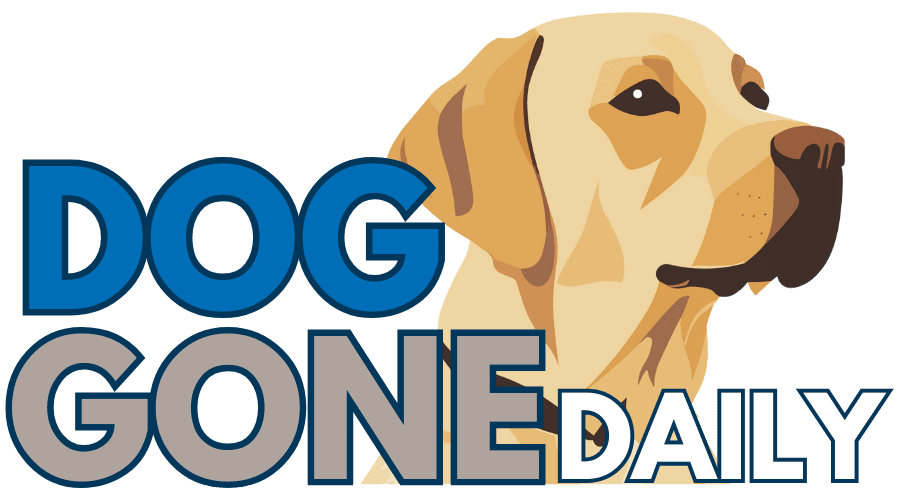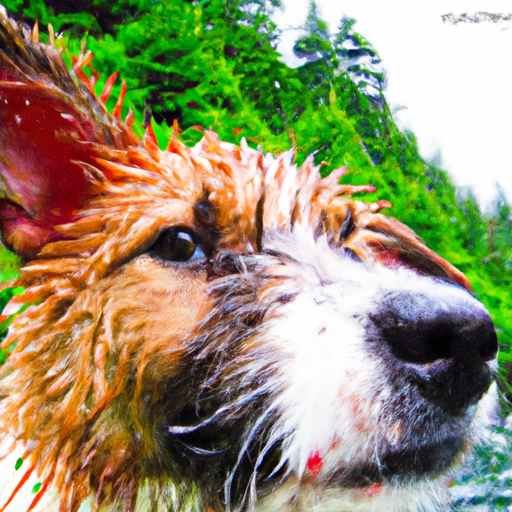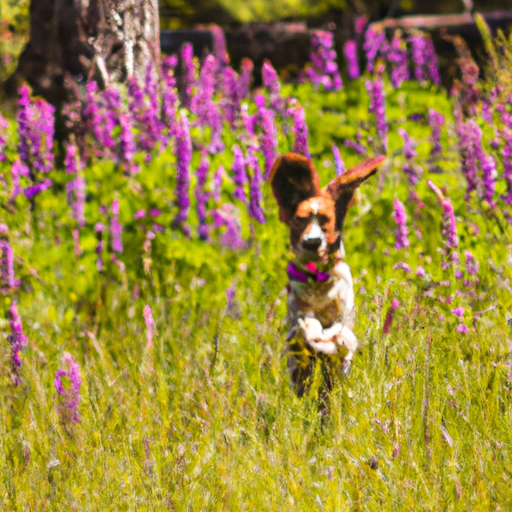So you've brought home a new puppy and you're excited to start training them. But when it comes to off-leash training, you might find yourself wondering when is the right time to start. In this article, we'll explore the factors to consider and provide some helpful tips for determining when you should begin off-leash training with your furry friend. By understanding the importance of timing and considering your puppy's readiness, you'll be well on your way to successful off-leash training adventures together.
When to Start Off-Leash Training
Age of the Puppy
The age at which you begin off-leash training with your puppy is an important factor to consider. While it is essential to start training your puppy from an early age, it is generally recommended to wait until they are around six months old before starting off-leash training. This is because by six months, most puppies have developed the physical and mental capabilities necessary for off-leash training.
Physical Development
Before beginning off-leash training, it is crucial to ensure that your puppy has reached a certain level of physical development. This means that they should have the necessary strength, coordination, and stamina to navigate their surroundings without a leash. It is important to remember that smaller breeds may reach this stage earlier than larger breeds, so take your puppy's size into consideration.
Mental Development
In addition to physical development, your puppy should also demonstrate a certain level of mental maturity before embarking on off-leash training. This includes the ability to understand and follow basic commands consistently, as well as the capacity to resist distractions and stay focused on you. Mental development is an ongoing process, so be patient and give your puppy time to master basic obedience skills before progressing to off-leash training.
Preparation for Off-Leash Training
Before delving into off-leash training, it is vital to lay a solid foundation of obedience training. This includes teaching your puppy basic commands such as sit, stay, come, and heel. Establishing a strong bond and clear communication with your puppy through positive reinforcement training methods will set the stage for successful off-leash training. Remember, consistency and patience are key during this preparatory phase.
Signs of Readiness for Off-Leash Training
Obedience Levels
One of the primary indicators that your puppy may be ready for off-leash training is their level of obedience. If your puppy consistently follows basic commands both on and off leash, this is a positive sign that they are ready to move on to off-leash training. However, keep in mind that off-leash training introduces new challenges and distractions, so maintaining a solid foundation of obedience is crucial.
Reliability in Recall
The recall command, also known as “come,” is arguably the most important command for off-leash training. Before you consider letting your puppy off-leash, it is essential that they have mastered the recall command in various environments and with increasing distractions. Your puppy should come to you promptly and without hesitation when called, indicating that they have a reliable recall.
Engagement and Focus
Another sign that your puppy is ready for off-leash training is their ability to engage and focus on you. Your puppy should show consistent interest in interacting and working with you, even when distractions are present. This demonstrates that they are engaged and willing to follow your commands, which is crucial for a successful off-leash experience.
Staying Close and Checking-In
Part of off-leash training involves ensuring that your puppy stays within a reasonable distance from you. If your puppy naturally tends to stay close by and frequently checks in with you during walks or play sessions, this shows a level of responsibility and awareness that is necessary for off-leash training. It indicates that your puppy understands the importance of staying connected with you and is less likely to wander off.
Socialization with Other Dogs
Off-leash training also involves interactions with other dogs. If your puppy demonstrates good socialization skills and can interact appropriately with other dogs, this is a positive sign that they may be ready for off-leash training. It is important for your puppy to be friendly, well-mannered, and respectful towards other dogs, ensuring a harmonious off-leash experience for everyone involved.
Behavioral Control
Your puppy should exhibit a certain level of behavioral control before embarking on off-leash training. This includes refraining from jumping on people, excessive barking, or engaging in aggressive behaviors towards humans or other animals. If your puppy shows consistent good behavior and self-control, this is an indication that they are ready for the added freedom and responsibility of off-leash training.
Considerations for Off-Leash Training
Safety Measures
When engaging in off-leash training, it is crucial to prioritize safety for both you and your puppy. Ensure that you are in a secure, fenced area or a designated off-leash dog park. Always carry identification tags with current contact information on your puppy's collar, and consider microchipping them as an added precaution. Supervise your puppy closely during off-leash sessions, especially in unfamiliar environments.
Training Tools and Techniques
Choosing the right training tools and techniques is essential for successful off-leash training. A sturdy, well-fitted collar or harness is necessary to ensure you have control over your puppy. A long leash or a retractable leash can be valuable tools during the initial stages of off-leash training, allowing you to maintain a level of control while gradually increasing your puppy's freedom. Positive reinforcement techniques, such as using treats and praise, should form the foundation of your training approach.
Consistency and Patience
Off-leash training is a gradual process that requires consistency and patience. You must set clear expectations for your puppy and consistently reinforce desired behaviors. Be patient with your puppy's progress, as each dog learns at their own pace. Celebrate even the smallest successes and be prepared to adjust your training approach if needed. Remember, building trust and a strong bond with your puppy is just as important as achieving off-leash freedom.
Professional Trainer Assistance
If you find yourself struggling or if you have concerns about off-leash training, don't hesitate to seek assistance from a professional dog trainer. A trainer can provide guidance, personalized advice, and help troubleshoot any challenges you may face. They can also help tailor a training plan specific to your puppy's needs, ensuring a safe and effective off-leash training experience.
Gradual Progression of Off-Leash Training
Controlled Environments
When starting off-leash training, begin in a controlled environment such as a fenced backyard or a secure indoor area. This allows your puppy to become familiar with being off-leash in a limited space before moving on to more open areas.
Begin with a Long Leash
To maintain control during early off-leash sessions, attach a long leash to your puppy's collar or harness. This provides a level of security and allows you to quickly regain control if needed. Gradually increase the length of the leash as your puppy demonstrates reliability and good behavior.
Practice in Familiar Areas
As your puppy becomes more comfortable off-leash, gradually introduce off-leash training in familiar areas such as your local park or a quiet neighborhood street. Familiar environments can help reduce distractions and increase your puppy's focus on you.
Gradually Increase Distractions
To ensure that your puppy can maintain focus and obedience in various situations, gradually introduce distractions during off-leash training. This can include other dogs, people, or tempting objects. Slowly increase the level of distraction while reinforcing desired behaviors, allowing your puppy to build resilience and self-control.
Proofing Commands and Behaviors
Once your puppy consistently follows commands and exhibits good behavior in various environments and distractions, it is time to start proofing their training. This involves practicing off-leash training in different locations, introducing new distractions, and reinforcing obedience and self-control. Remember, consistency is key during this stage, and always reward your puppy for their successes.
Conclusion
Off-leash training can be a rewarding experience for both you and your puppy, but it requires patience, preparation, and a gradual progression of training. By considering your puppy's age, physical and mental development, and readiness indicators, you can determine the appropriate time to start off-leash training. Remember to prioritize safety, use the right training tools and techniques, and seek professional assistance if needed. With consistency, patience, and a strong bond with your puppy, you can embark on a successful off-leash training journey.






